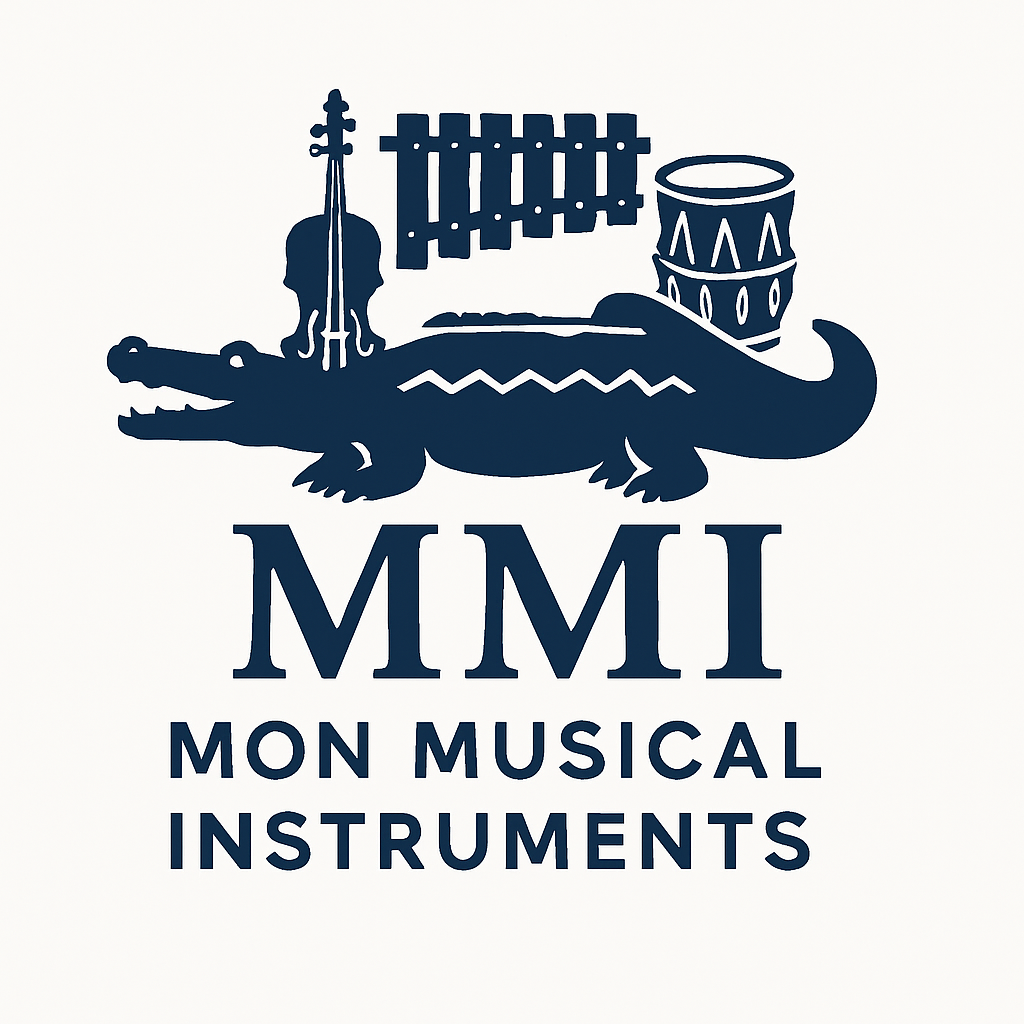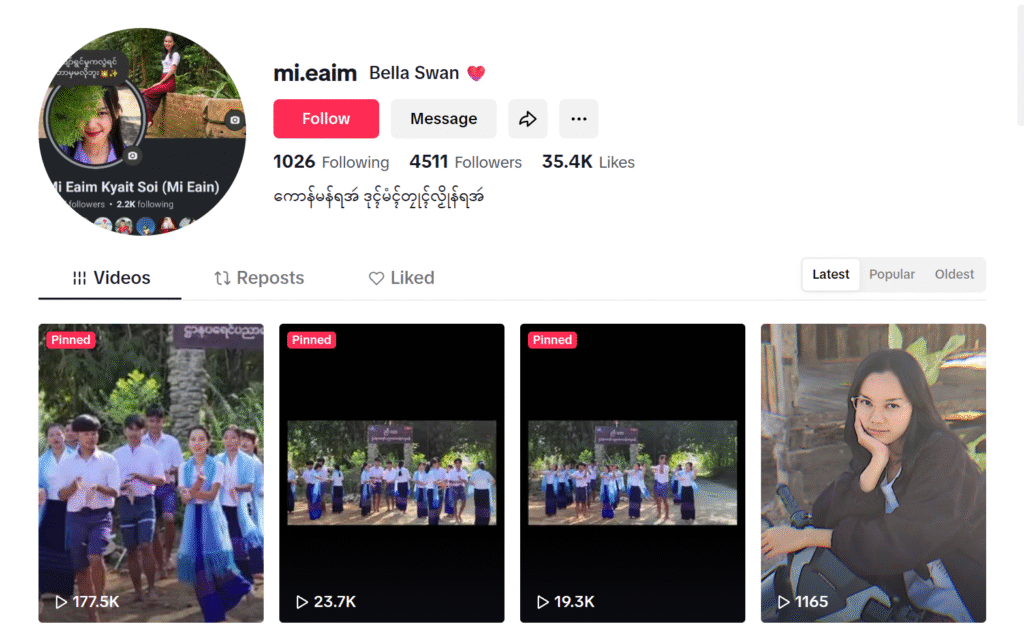What are wind instruments?
When a player blows into or across a mouthpiece, air vibrations cause wind instruments to produce sound. Usually, they are separated into brass and woodwind instruments. By adjusting the length of the air column with finger holes, slides, or valves, pitch can be adjusted.

Mon traditional wind instruments are frequently used in Mon cultural music and are produced by blowing air into or across them. They consist of flutes like the Ling Win, shell horns like the Pa’ Ma, and reed instruments like the Hneh. These instruments, which create sound by vibrating air, are frequently used in traditional ensembles and ceremonies.
Traditional wind instruments made by Mon:
Similar to an oboe, the hneh is a traditional double-reed instrument. It creates a deep, buzzing sound and is utilized by the Mon Hsain Wain ensemble. It is frequently performed as a melodic lead.
A conch shell horn known as a “pa’ ma” is used ceremoniously or in traditional settings. It produces a rich, resonant sound.
A small, high-pitched flute called a “ling win” is used in some folk or ceremonial music performances.
Usually constructed from natural materials like wood, bamboo, or shell, these instruments are frequently embellished with lacquer or carvings.

A hollow bamboo tube is used to make the Ta-Lut, a traditional Mon bamboo flute. Ten perforated holes—seven for fingers, one for the thumb, one for the membrane, and one for the vent—are expertly crafted into it. To ensure precise hole placement, the bamboo is divided into three equal sections, with measurements based on the flute’s length and diameter. Blowing into one open end of the flute and placing your fingers over the holes creates melodies that are in line with Mon traditional tunes. The Ta-Lut, which is 1.5 inches in diameter and 1 foot 5 inches long, creates a unique sound that is influenced by vibration frequency and airflow.
References
Myanmar Gamelan. (2013, September 10). Instruments. Myanmar – WordPress.com. Retrieved July 3, 2025, from https://myanmargamelan.wordpress.com/instruments/
UNESCO ICHCAP. (2014, February 7). Mon traditional crescent gong [PDF]. International Information and Networking Centre for Intangible Cultural Heritage in the Asia-Pacific Region under the Auspices of UNESCO (ICHCAP). https://archive.unesco-ichcap.org/eng/ek/pdf/mon.pdf
Wongraman., O. P. (2022). Research on Classical Mon Music, Songs and Dances


